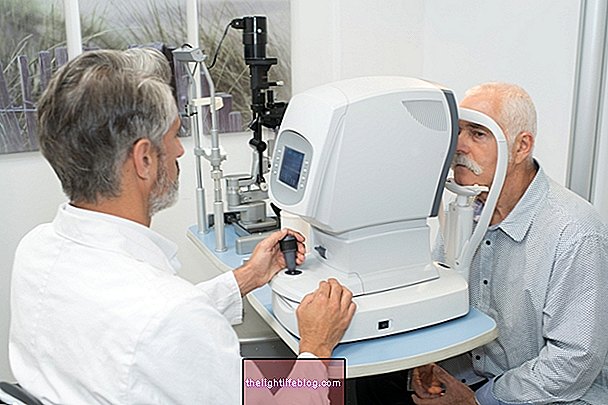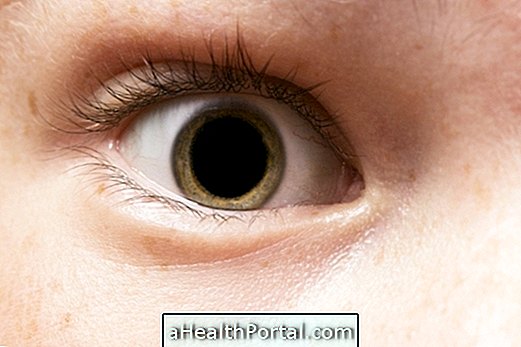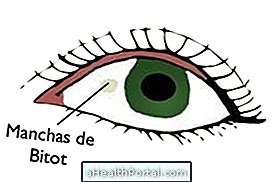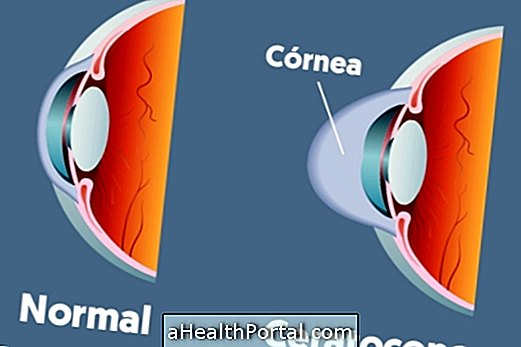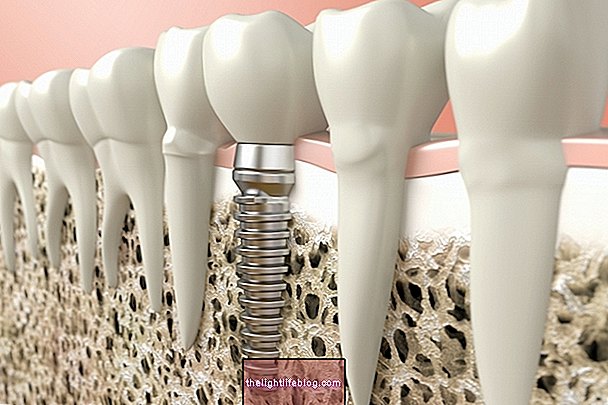Myopia is a disturbance of vision that causes difficulty in seeing objects from afar, causing blurred vision. This change happens when the eye is larger than normal, causing an error in the refraction of the image taken by the eye, that is, the formed image becomes blurred.
Myopia has a hereditary character and the degree usually increases until it stabilizes around 30 years, regardless of the use of glasses or contact lenses, which only correct blurred vision and do not cure myopia.
Myopia is cured in most cases through laser surgery that can correct the degree completely, but the main purpose of this procedure is to decrease the dependence of the correction, be it with glasses or contact lenses.
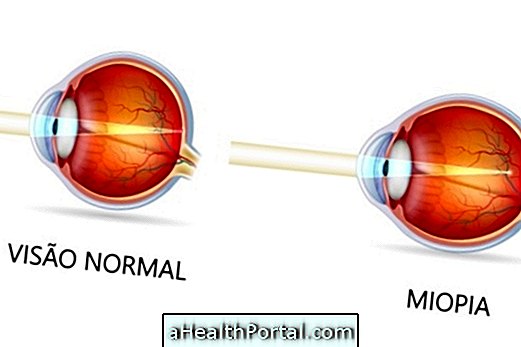
Myopia and astigmatism are diseases that may be present in the same patient, and can be corrected together with special lenses for these cases, either in glasses or contact lenses. Unlike myopia, astigmatism is caused by an irregular surface of the cornea, which creates uneven images. Understand better in: Astigmatism.
How to identify
The first symptoms of myopia usually appear between 8 and 12 years, and may worsen during adolescence, when the body grows faster. The main signs symptoms include:
- Can not see well from afar;
- Frequent headache;
- Constant eye pain;
- Squinting to try to see more sharply;
- Write with the face very close to the table;
- Difficulty at school to read on the board;
- Do not see the traffic signs from a distance;
- Excessive tiredness after driving, reading or doing a sport, for example.
In the presence of these symptoms, it is important to consult as an ophthalmologist for a detailed assessment and to detect which vision change impairs the ability to see. Check out the differences between the major vision problems in Differences between myopia, farsightedness and astigmatism.
Degrees of myopia
The myopia is differentiated in degrees, measured in diopters, that evaluate the difficulty that the person has to see from afar. Thus, the higher the degree, the greater the visual difficulty found.
When it is up to 3 degrees, myopia is considered mild, when it is between 3 and 6 degrees, it is considered moderate, but when it is above 6 degrees, it is a severe myopia.


What are the causes
Myopia occurs when the eye is larger than it should, which causes a convergence defect in the light rays, because the images end up being projected in front of the retina, rather than in the retina itself.
Thus, distant objects end up being seen blurred, while nearby objects appear normal. Myopia can be classified according to the following types:
- Axial myopia: it appears when the eyeball is more elongated, longer than normal. It usually causes high grade myopia;
- Myopia of curvature: is the most frequent, and occurs by increased curvature of the cornea or lens, which generates images of objects before the correct location on the retina;
- Congenital myopia: occurs when the child is born with ocular changes, causing a high degree of myopia that remains throughout life;
- Secondary myopia: may be associated with other defects, such as nuclear cataract, which causes degeneration of the lens after trauma or surgery for glaucoma, for example.
Even when the eye is smaller than normal, there may be another vision disorder, called Hyperopia, in which the images are formed after the retina. Understand how it arises and how to treat hyperopia.
Myopia in children
Myopia in small children under 8 years of age may be difficult to discover because they do not complain, as it is the only way to see what they know and, moreover, their "world" is mostly close. Therefore, children should go to a routine appointment at the ophthalmologist, at least before they start preschool, especially when parents also have myopia.
How is the treatment done?
Treatment for myopia can be done with the use of glasses or contact lenses that help focus light rays by placing the image on the retina of the eye.
However, another option is surgery for myopia that can be done, usually when the degree is stabilized and the patient is over 21 years. The surgery uses a laser capable of shaping the natural lens of the eye so that it focuses the images in the correct location, decreasing the need for the patient to wear glasses.
See more useful information about myopia surgery.

